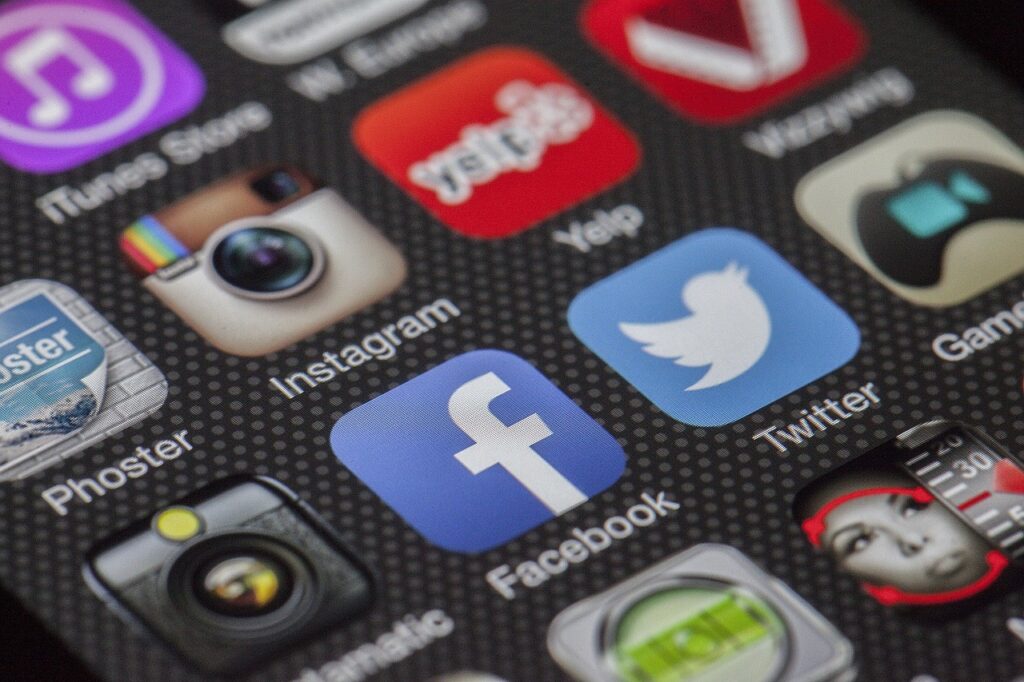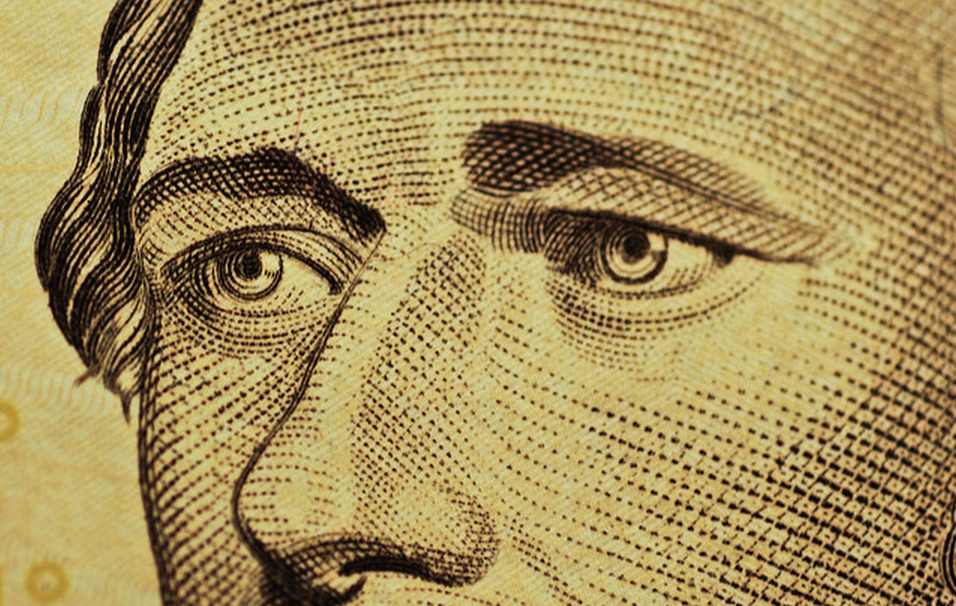Social media is an urban center in a globalized world and, in this current age, information spreads like wildfire. Platforms have become a hub for news with seven out of 10 adults using Twitter as their news source.
The protests in Iran after the death of Mahsa Amini exemplify the power of using social media to quickly and easily give live updates during periods of conflict. Users of social media platforms can garner support without waiting for traditional news outlets to share the story. It is evident that social media is becoming a powerful force of global communication and can potentially directly influence conflicts as they unfold.
The Arab Spring jump started the usage of social media to give live updates about conflict happening. In 2010, Al Jazeera started tweeting about the unfolding revolution after Mohamed Bouazizi set himself on fire in protest of former Tunisian president Zine El Abidine Ben Ali’s authoritarian rule. Ben Ali had an intimate relationship with the Tunisian media system so he could control what was and wasn’t broadcasted. Protestors took to Twitter to spread information to further the protests without having to go through the controlled media outlets.
Over 1.4 billion people around the world use social media daily which creates a global proximity that is hard to find elsewhere. Instagram posts, stories and hashtags allow for people to quickly and easily communicate and globally spread information about a growing conflict. An Instagram post originating in Ukraine can reach a user in the United States moments after it’s published. Twitter users can “live tweet” as conflict unfolds and people around the world can interact with those tweets as they are posted, making it feel like everyone reading is somehow connected to and involved with the conflict.
Social media makes up where traditional news media lacks because information can be disseminated live as events unfold. Traditional news media can often only reach as far as their network extends even if they are able to have live coverage and face the risk of censorship. The unfolding censorship law in Turkey exemplifies the power of the government to censor information deemed “dangerous.” Censored and state-controlled media leads to the rise of individuals looking to social media to get information the government refuses to air.
Posting pictures and videos of conflict is another way of connecting people and gathering support. Graphic images are powerful because they force the audience to see the grim reality of what is happening and might encourage someone to act because it puts names and faces to victims and serves as a nauseating reminder that violence is indiscriminate.
The world is seeing an influx of social media activism surrounding the suspicious death of Mahsa Amini in police custody. On Sep. 13, 2022, Amini was arrested by Iran’s morality police for improperly wearing her headscarf and later died, which Iranian officials stated was due to a sudden heart failure. An image of Amini was posted by her family which showed evidence of physical trauma indicating she had been attacked while in police custody.
The image spread throughout the world via multiple social media platforms and sparked outrage leading to protests in Iran. Iran’s media is state-run and officials are stating that the death poll is 17 while other news outlets and media sources show a higher number. Twitter posts, Instagram posts and Tiktoks flooded the social media space as the protests unfolded.
Twitter user Shervin Hajipour posted an Iranian protest song in a series of tweets that was eventually forcibly taken down and led to Hajipour’s arrest but the tweets already had over 40 million views. The song has become a fight song in a sense for those who both can and cannot participate in protesting. Videos of Iranian school girls show them singing the song with their hair uncovered while others simply share the song as a sign of defiance.
Multiple Instagram users are creating and sharing infographics and to spread awareness and information about how to provide support. Infographics and images are a way to quickly communicate information and are accessible across language boundaries to increase the size of the audience. Infographics can be shared easily through Instagram stories and reach audiences that might not be aware of the situation.
A video of Hadis Najafi was posted by Twitter user Masih Alinejad showing her putting her uncovered hair up in a ponytail before a protest that she would be shot and killed by Iranian police. Videos and pictures of her funeral were followed with multiple Tiktoks of young women putting their hair up in ponytails recounting their stories to stand in solidarity with Najafi.
The hashtag itself has over 29 million views and exemplifies the power of hashtags. Hashtags allow for a post to be shared with millions of people without requiring a user to have millions of followers and allows anyone to show their support and share under the same hashtag.
Pictures, videos, tweets, Instagram posts and Tiktoks are still being posted as the protests go on, leaving the world to wonder how long this will go on and how effective the social media activism will actually be. The Arab Spring’s use of social media led people to think that the activism would democratize North Africa and the Middle East because it was an example of citizens’ voices being heard by the government and forcing some type of change; however, the revolution led to Arab governments cracking down on social media activism by censoring and removing thousands of accounts.
The Iranian government is removing and censoring social media posts, arresting protestors and has shut down the internet which makes it pertinent for people outside of the conflict to keep sharing information and supporting Iranians. Other governments have been encouraged to start taking action against the regime after the influx of outcry by people all over the world with the U.S. President Joe Biden, the UN and many other countries condemning the violent crackdown on protesters and making statements on womens’ rights.
It is unclear if these protests will follow the same route as the Arab Spring or will serve to make significant changes, but it is clear that the regime is feeling pressure from the protests and social media activism. Mahsa Amini, Hadis Najafi and the countless others who lost their lives serve as important figures in standing up against oppressive regimes. If significant change happens in ongoing conflict, this change can serve as a turning point in the importance of social media.







